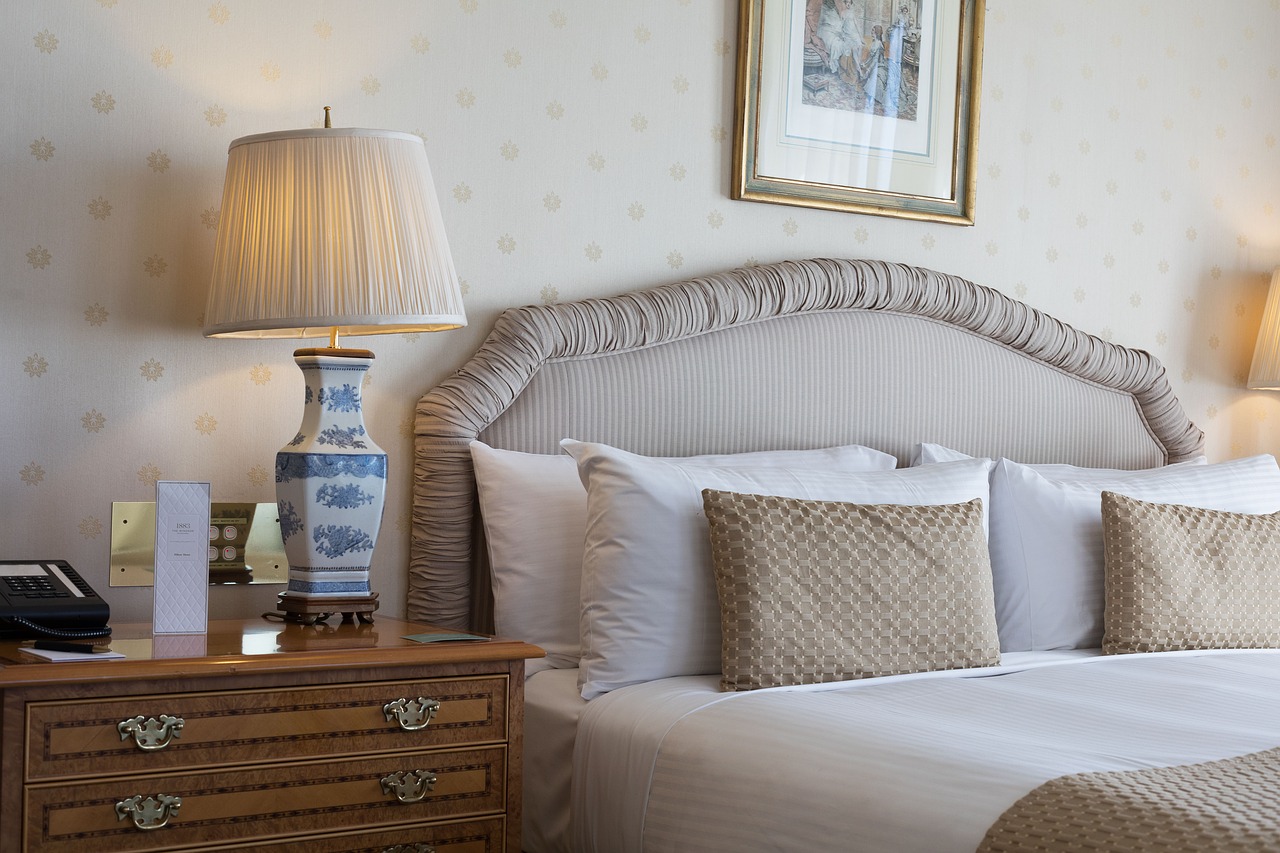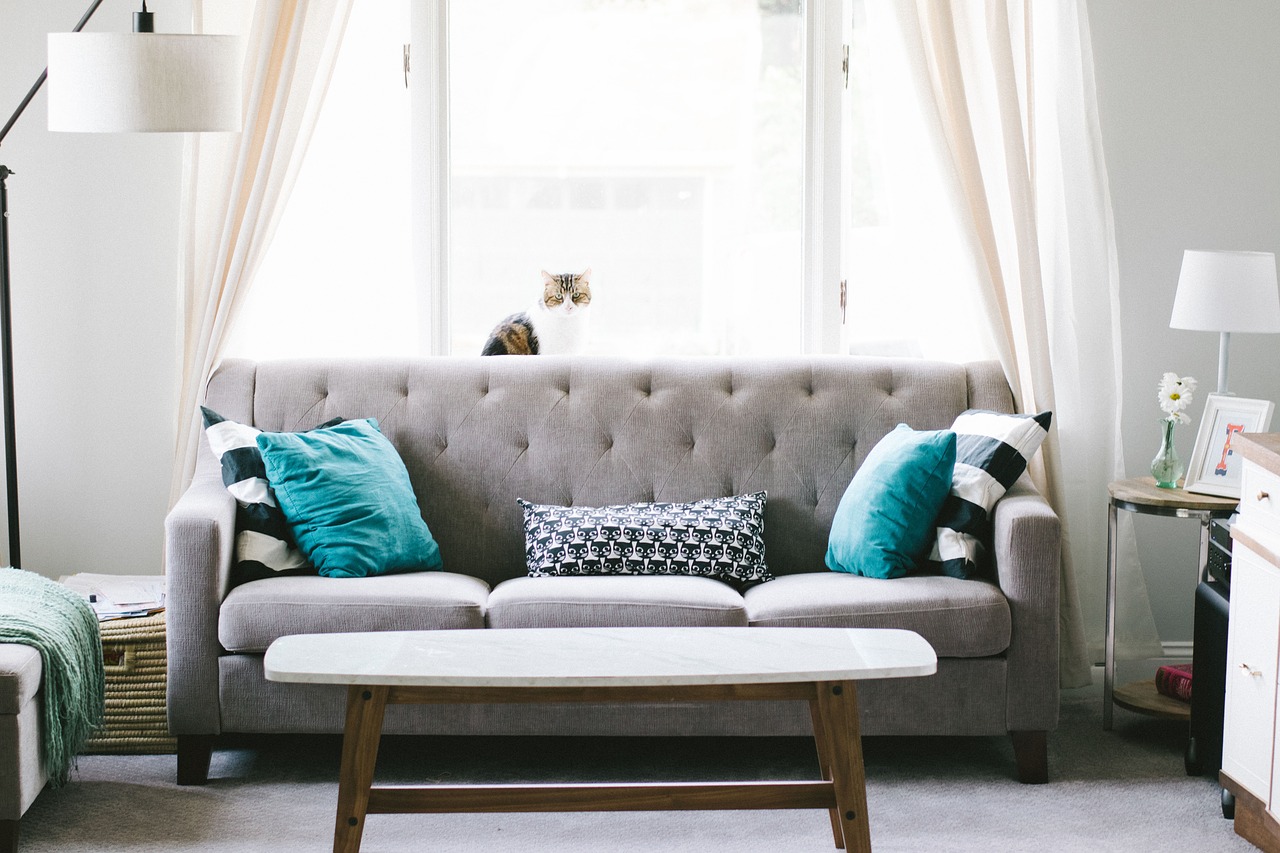Whether you’re heading off to college or living between apartments, there comes a time in life when storing your belongings is necessary. You don’t want to get rid of your furniture, so these items are often the first things to enter the storage doors. However, there are a few considerations that you should make before adding your favorite dining set to the storage space. Here is what you should know about storing furniture during a long-term period.

Choose Climate-Controlled Units
Although your furniture is relatively hardy, pick a storage unit that has a climate-control feature, suggests Apartment Therapy. Some temperature swings can be extreme, depending on your region. Without climate control, wood and leather can slowly break down from the temperature fluctuations.
Ask your storage facility about their average, indoor temperatures. Reputable companies will have a set temperature that’s comfortable for both people and the items that they hold dear.
Break it Down
The best way to store your furniture is by breaking it down as you would for moving it in the first place. Remove legs from chairs and tables where applicable. Stacking the pieces in a common area within the unit protects the pieces from any damage. You save space at the same time.
If you have any small pieces, such as fasteners, don’t lose them by storing them separately. Bag and tape them to the main, furniture piece so that you can put the items together with ease in the future.
Protect the Floor
Almost every piece of furniture that you move will be heavy. Angie’s List suggests laying down plastic across the entire unit’s floor. You might even go as far as placing pallets on the floor. It’s possible to move the furniture onto these items so that they aren’t marred by the floor or anything stuck to it. Leave the flooring items in place. If any leaks occur within the unit, your items may be saved with your smart thinking.
Use Padding
With all of your care within the unit, the furniture can still be damaged through movement between your home and the storage facility. Place padding on your furniture’s corners and leave it in place until you move the items out of the unit. Padding can be in the form of bubble wrap, blankets or other soft materials. Avoid any materials that might adhere to leather, vinyl or wood. You don’t want an imprint of the padding on your furniture after months of storage.
Wrap With Plastic
You might have a climate-controlled unit with strong doors, but dust still settles within the space. Wrap the furniture entirely with plastic. Cover the padded corners with it too. You won’t have a messy chore to clean up when the furniture finally emerges from the unit.

Visit the storage unit on a regular basis if possible. Check your lock and open the door to verify that everything is neatly stacked. With a little care, your items will be clean and ready to move in the future. Your next home will be a sight to see.



